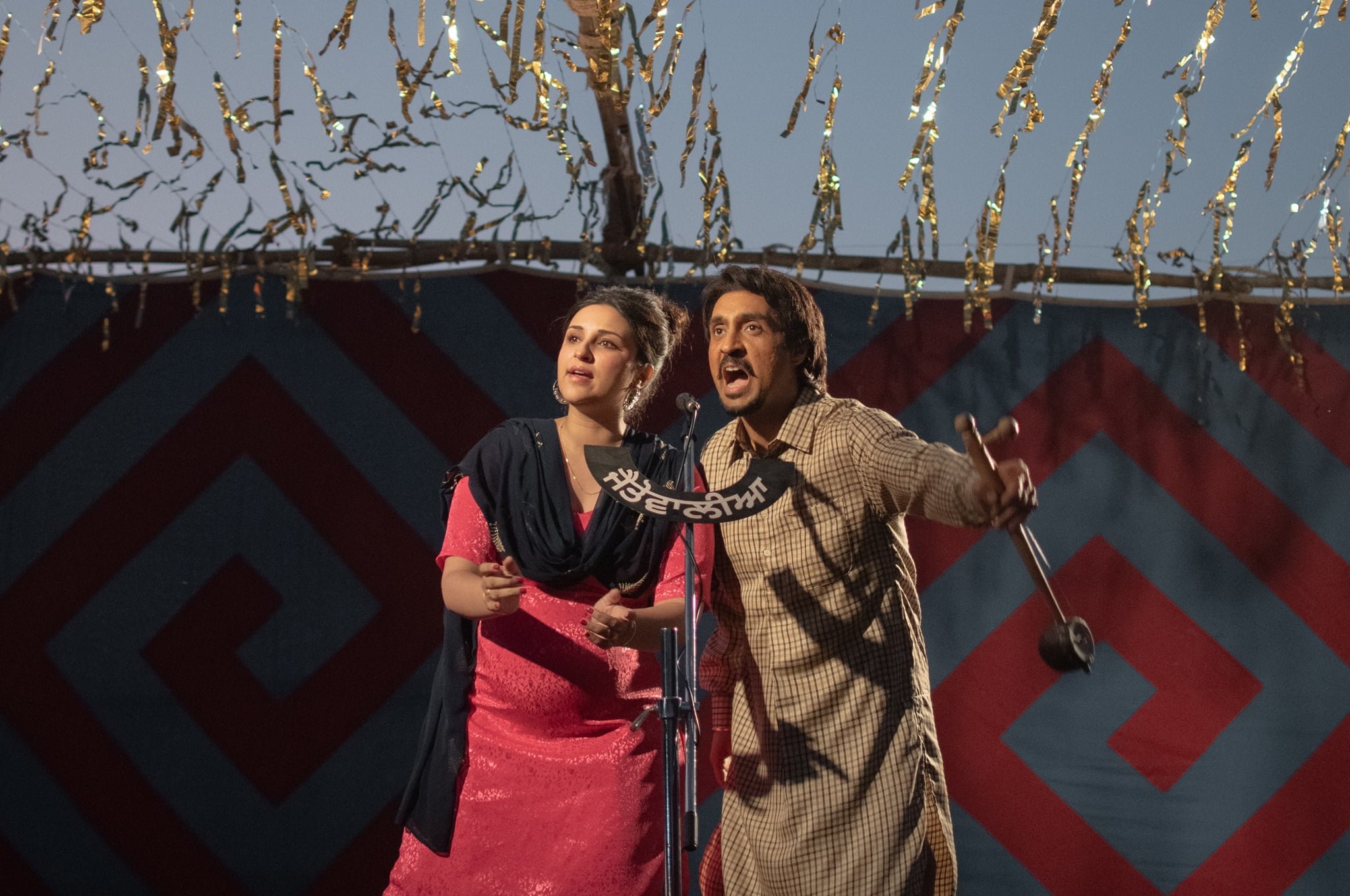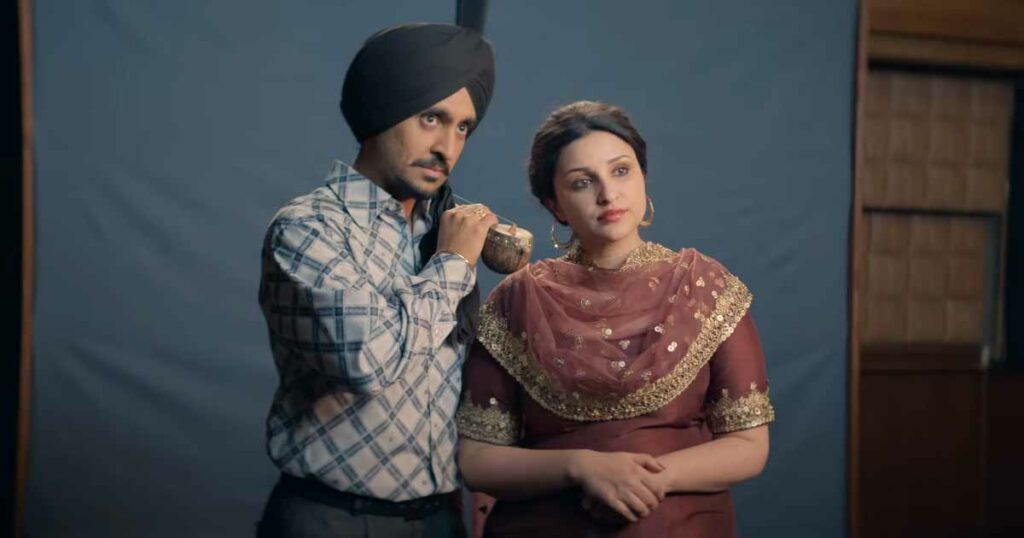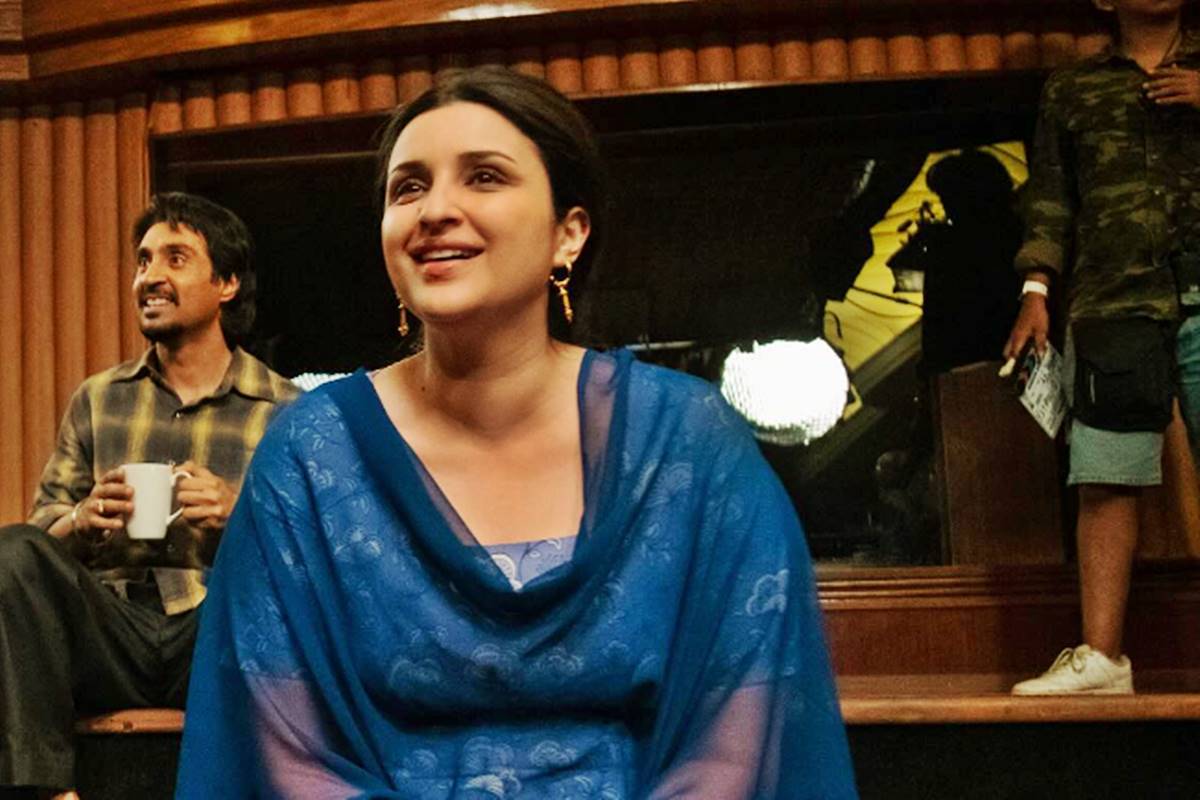The recent release of the film Amar Singh Chamkila by Imtiaz Ali on OTT is making rounds on various media platforms and receiving astounding responses from cinephiles. The film narrates the story of the superstar singer duo Amar Singh Chamkila and his second wife, Amarjot Kaur. For the unversed, the duo was enormously popular in Punjab in the 1980s.
The film narrates the story of the superstar singer duo Amar Singh Chamkila and his second wife, Amarjot Kaur.
They traveled to various places across the globe and created a cult following. People might have a dozen negative and controversial narratives about Amar Singh, but his popularity as the “Elvis Presley of Punjab,” the superstar of Punjabi folk music, or the highest record-selling artist of his time would not have been possible without Amarjot Kaur.
Amarjot’s debut: an epochal moment in Punjabi folk music
Before Amarjot, Chamkila used to perform with Surinder Sonia, but they had to part ways because of a professional disagreement. It was veteran singer Kuldeep Manak (known for his rare Punjabi music genre Kali) who introduced Amarjot to Chamkila when he was desperately searching for a singing partner. Since Amarjot had worked with Kuldeep Manak for a considerable period, he vouched for her talent, and subsequently, she got included in Chamkila’s band.
By the time Amarjot joined the band, the locals of Punjab were already crazy about Chamkila’s singing. But Amarjot added an extra flavor to the singing pattern, and the duo created a groundbreaking record of having booked 366 live shows in 365 days. The film also shows that at that time, it was only Amarjot who could match up with Chamkila’s singing scale. The duo together became a super-hit pair, receiving huge applause from the locals for their chartbuster tracks like “Hikk Utte So Ja Ve,” “Bhool Gayi Main Ghund Kadna,” “Jija Lak Minle,” “Pahle Lal Kare Nal Main,” “Bapu Sada Gum Ho Gya,” and the list continues.
Chamikila’s chamak: Amarjot
With time, Chamkila and Amarjot’s chemistry started flourishing both on stage and off stage. They fell in love and married under disputed circumstances. Even Amarjot was not aware of Chamkila’s first wife and his two daughters. He only used to support his first wife financially but had never stayed much with his family. Despite knowing the fact that Chamkila came from the Chamar community and already had a family, Amarjot decided to stay with Chamkila. The film depicts some instances of Chamkila getting embarrassed by his caste identity, but he was quite focused professionally, having high self-esteem.
A songwriter and close friend of Chamkila, in an interview, revealed that Amarjot was from an upper caste and well-educated background. Since their performances grabbed the attention of the Punjabi diaspora in no time, they were suggested to get married to continue with the pace of popularity. They both found themselves suitable for each other, so they decided to elope. The challenges during that time might have been quite tough for a girl like Amarjot, coming from a different background, but she accepted the reality with utmost courage and commitment.
The Punjab of the 80s and the downfall of the duo
Eventually, the songs by the duo were labelled as obscene, vulgar, and objectionable, but people kept them at the top of their playlists. In one scene, when a reporter invited Chamkila to record an interview, he started gawking at the attire of the reporter. Out of embarrassment, the reporter asked Chamkila why he had an issue with what she was wearing when he thinks so cheaply about women and keeps objectifying them in the lyrics.
To this question, Chamkila replied that it is indeed easy for people to talk about ethics, but no one understands where it is coming from. Chamkila said, in the film, that one needs to be in the shoes of a struggling person to fathom what real struggle is. When a person has to fight every single day to bring food to the table, then ethics automatically vanishes. Apparently, Amarjot was educated enough to understand the reality of the downtrodden family where Chamkila belonged and stood with him till her last breath.
In the entire film, starting from Amarjot’s introduction to Chamkila to the place where both of them were assassinated, she never ceases to carry a book along. As the marriage was an inter-caste one made against the family, Amarjot’s family was nowhere to be seen in the film. In the early 80s, a woman like Amarjot, hailing from rural Punjab with such an orthodox background, decided to break all the shackles of a highly misogynistic society, standing and performing before massive gatherings with unmatched confidence. It is also observed that nobody from her family came to claim her dead body after her death; rather, they rushed to an adjacent room and started collecting the cash and valuable materials earned during her performances.
In the early 80s, a woman like Amarjot, hailing from rural Punjab with such an orthodox background, decided to break all the shackles of a highly misogynistic society, standing and performing before massive gatherings with unmatched confidence.
It should be noted here that Chamkila’s rise to fame and the assassination of the duo took place during the time of Khalistani militancy in Punjab. They used to get threatened from time to time to stop performing, but at the same time, when they tried to perform devotional tracks in the akhadas, people started forcing them to go back to the past lyrics. In some instances, Chamkila started paying some people to keep quiet and not be suggestive about his lyrics, but in the end, he stopped that exercise and became vocal and more fierce.
Before they were gunned down, there is an intense scene where Chamkila asks his wife to leave him as the future appears gloomy. He insinuates that she might be killed anytime by the militants, but she vehemently refuses to leave him alone. Having read that confidence from her face, Chamkila says, ‘They are shooters, Their job is to shoot. We are singers, and our job is to sing. We shall perform till our last breath. Better to live on after death than to live lifelessly. Let’s embrace the light of love.’
Amarjot: the unsung heroine of Chamkila’s legacy
Numerous theories surround the assassination, and the film delves into uncovering the possible reasons behind the untimely deaths of both Amar Singh Chamkila and his wife, Amarjot Kaur. Notably, Amarjot was not only his life partner but also his stage companion, sharing the spotlight during their performances. The film Amar Singh Chamkila opens with a violent death, marking the end of a music career and the birth of an undying legendary duo.
Chamkila’s lyrics often objectified women, but they were always delivered in the unique form of male-female duets, and it may be because of Amarjot. Despite the controversy, their music transcended boundaries, leaving an indelible mark on Punjabi pop culture. This biopic serves as a poignant reminder that success often comes with a price. Despite soaring popularity, there were constant plots against them. The real Chamak (glitter) of Chamkila shines forever because of the indomitable spirit of an artist like Amarjot who challenged the norms of family and society and left an indelible mark on Punjabi music and culture.
In the symphony of love, music, and determination, Amarjot Kaur will always be remembered as the unsung heroine behind Amar Singh Chamkila’s enduring legacy.









